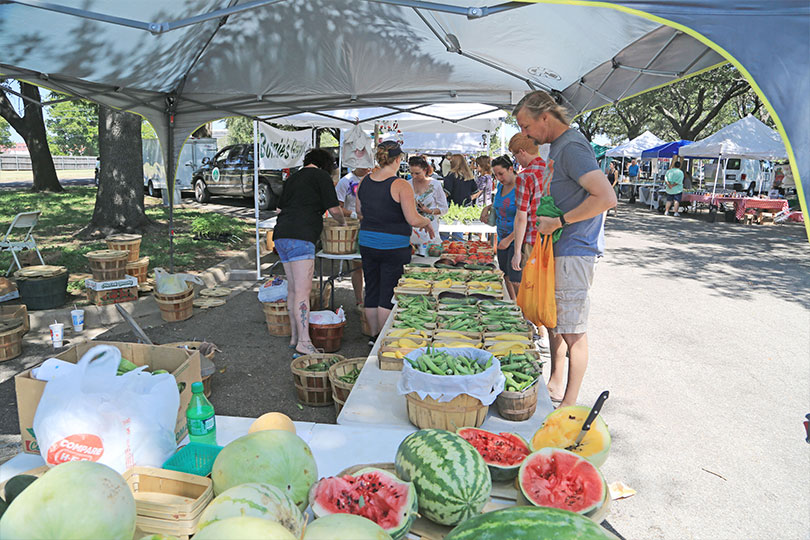New data from the U.S. Department of Agriculture (USDA) shows consumer food spending habits are changing.
The data showed that consumers are spending more on food away from home than for food at home.
“Spending away from home surpassed food at home spending by over $300 million last year, the largest gap ever,” Danny Munch, American Farm Bureau Federation economist, said. “The biggest categories there are full-service restaurants at about 34% of spending away from home and quick service restaurants at about 34% of food away from home. Food sold at merchandise stores and vending machines have gone up with the largest increase for food spending away from home.”
There are many ways consumers are changing how they purchase food that are highlighted in USDA’s Food Expenditure Series, Munch noted.
“Traditionally, grocery stores consistently captured the largest market share of what people were purchasing to eat at home. That percentage has gone down significantly,” he said. “So, for instance, in 1999, grocery stores accounted for 72% of all at home expenditures. Last year, that had dropped down over the course of 25 years to 50% of at home spending. Much of that decline was because of the growth of warehouse clubs and supercenters and home delivery.”
Since 2015, food away from home spending has exceeded food at home spending by over $100 billion, except during 2020 when COVID-19 lockdowns prevented many consumers from consuming food in public settings.
Between 2019 and 2020, food at home spending increased 8% while food away from home spending dropped 13%, the largest drop in the data series.
The reopening of many food service outlets in 2021 and 2022 rebounded food away from home spending 25% and 15%, respectively.
Before 2010, food away from home spending increased 5% annually compared to 4% for food at home. After 2010, food away from home spending increased 7% annually compared to 4% for food at home. Removing the 2020 COVID-19-linked outlier pushes average annual food away from home spending increases to 9%.
How and where shoppers purchase food impacts the way in which food is transported, stored, packaged, prepared and ultimately consumed.
“Shifts in these conditions linked to local and global economic conditions, as well as preference changes, introduce uncertainty for those attempting to establish marketing strategies. Recent spending trends reveal a continued desire for convenience in eating experiences, favoring options that save time and money,” AFBF economists said. “Farmers and ranchers must remain aware of consumer preferences in the way they purchase food in order to optimize market access and revenue-generating potential.”
The Food Expenditure Series tracks the value of the U.S. food system by reporting on total food and beverage spending. This spending data is categorized as food consumed at home or food consumed away from home, such as at restaurants or hotels. For both the food at home and food away from home categories, spending is broken down further by the type of retail or food service outlet from which food and beverages were purchased.
A more in-depth analysis is available from AFBF in this Market Intel report.

